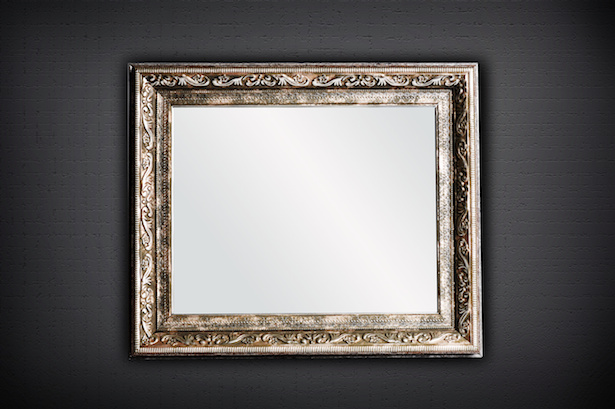In the same way that medical research on breast cancer, uterine cancer, and heart disease (see Leslie Laurence’s book Outrageous Practice for some history of gender bias in medical research) have done a disservice to women as a whole by focusing medical studies solely on men and then attempting to apply those results wholesale to women suffering from these diseases, the games and technology industries also continue to fail women with their lack of inclusion of women in the design process. Do not misunderstand, I am not suggesting in any way that that the problems with the Kinect and the Oculus Rift are anywhere near as dangerous (or fatal) as the problems with the medical research that is mentioned before. I am more specifically suggesting that we look at a pattern of exclusion of women in the development of all kinds of technologies.
I think back to all of the jokes about the first version on Microsoft’s Kinect not recognizing Black folks and remember specifically having to seriously backlight my gaming space in order to have the Kinect recognize me, but that the damn thing saw my kid in near darkness. Design flaw or testing flaw? Having darker hued folks in on the design process from the beginning would have made this issue apparent and given the developers the chance to address the issue from the beginning. Luckily, this has not been as much of an issue with v.2 of the hardware. But this too has a history based in photography where technology has not advanced to the point of being able to adequately capture darker skin tones, leaving darker hued folks looking either like silhouettes or completely washed out by the light. (And people wonder why I hate having my picture taken.)
 And while the notion of virtual reality sickness and perception of THE REAL (ala The Matrix and Baudrillard) is compelling and sexy (and simultaneously pretty disgusting) in Sci-Fi As for the Oculus Rift, the first time I tried it I was able to explore the Tuscan landscape for all about 30 seconds before I was in serious danger of losing my lunch. That was shocking because I am an avid roller coaster rider and very little (outside of reading in the car) has ever made me motion sick. I spent months thinking that it was just me until I learned from other female friends that they had similar experiences. I still chalked it up to this being the first release of the Oculus Rift and hoped that it would improve. Unfortunately, with the recent release of DK2 (Development Kit 2) it seems that not much has changed. Anecdotally, women seem to be more likely to experience nausea and motion sickness from the Oculus Rift. Some people, like Microsoft researcher danah boyd, have suggested that this may be based upon the varying ways that people perceive depth (motion parallax vs. shape-from-shading) and the fact that women tend to rely more on shape-from-shading in order to perceive depth. Guess which one the Oculus Rift technology is based on?
And while the notion of virtual reality sickness and perception of THE REAL (ala The Matrix and Baudrillard) is compelling and sexy (and simultaneously pretty disgusting) in Sci-Fi As for the Oculus Rift, the first time I tried it I was able to explore the Tuscan landscape for all about 30 seconds before I was in serious danger of losing my lunch. That was shocking because I am an avid roller coaster rider and very little (outside of reading in the car) has ever made me motion sick. I spent months thinking that it was just me until I learned from other female friends that they had similar experiences. I still chalked it up to this being the first release of the Oculus Rift and hoped that it would improve. Unfortunately, with the recent release of DK2 (Development Kit 2) it seems that not much has changed. Anecdotally, women seem to be more likely to experience nausea and motion sickness from the Oculus Rift. Some people, like Microsoft researcher danah boyd, have suggested that this may be based upon the varying ways that people perceive depth (motion parallax vs. shape-from-shading) and the fact that women tend to rely more on shape-from-shading in order to perceive depth. Guess which one the Oculus Rift technology is based on?
I realize that some think that calling technologies racist and sexist are inflammatory (at best) and just plain wrong (at worst?), but I want to be clear that it is not the technologies themselves that I blame for these exclusions, but the lack of diversity in the teams that have created and tested them in the first place. In the same way that we have talked about how video games themselves could be less sexist, racist, and homophobic if they were developed by more diverse groups of people the same holds (obviously) true for the hardware that we use to play games.




